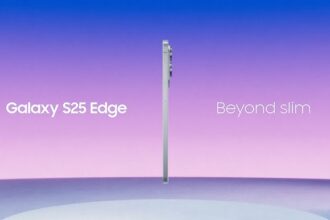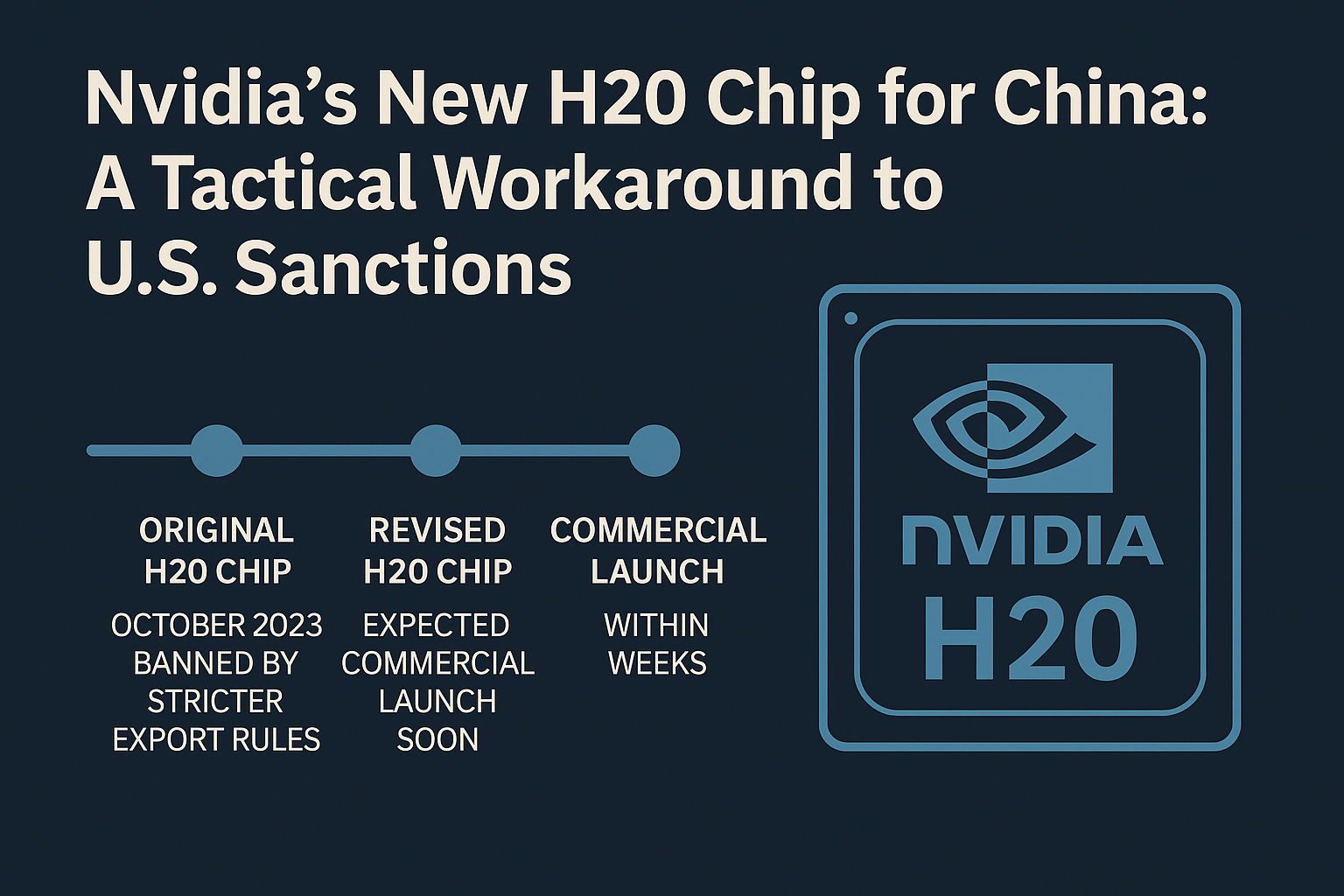Nvidia’s remarkable growth to the position of the world’s most valuable company is a story of strategic foresight, relentless innovation, and market adaptation.
Today, the company’s market capitalization stands at an astounding $3.34 trillion with its stock price nearly doubled in just six months.
Closing at nearly $136 per share, Nvidia has not only surpassed Microsoft in value but also overtook Apple earlier this month.
The driving force behind Nvidia’s meteoric rise is its leading position in the production of AI chips, a critical component in the burgeoning artificial intelligence (AI) industry.
Described by analysts as the “new gold or oil in the tech sector,” these chips are essential for training and running AI models. Nvidia’s ability to capitalize on this demand has been a key factor in its financial success and market valuation.
During a recent event in Copenhagen, Nvidia’s Global Head of Business Development for Telecommunications, Chris Penrose, highlighted the transformative impact of generative AI on businesses worldwide.
Penrose emphasized that the AI revolution is just beginning, suggesting that Nvidia’s growth trajectory has only just begun.
Analysts from Wedbush Securities also predicted fierce competition among tech giants; Nvidia, Apple, and Microsoft all in the race to achieve a $4 trillion market cap.
Nvidia’s journey to its current position is nothing short of extraordinary. Just eight years ago, the company’s stock was worth less than 1% of its current value.
Initially, Nvidia’s reputation was built on its competition with AMD in the graphics card market. However, the company has since expanded its focus, benefiting immensely from the surge in demand for AI chips.
This demand was initially driven by the popularity of applications like OpenAI’s ChatGPT and further boosted by the cryptocurrency mining boom in 2020, which saw a spike in graphics card sales.
The rise of Nvidia has also elevated the profile of its CEO, Jensen Huang, who has become a well-known figure in the tech industry. Known for his trademark leather jacket, Huang’s leadership and vision have played a vital role in Nvidia’s success. His popularity extends to his native Taiwan, where he enjoys a rock-star status among fans.
Despite Nvidia’s dominant market position, the company faces intense competition from other tech giants such as Microsoft, Google, Meta, and Apple, all pushing to lead the AI revolution.
Nvidia’s strategy to stay ahead involves not only developing its own AI technologies but also maintaining its stronghold on the AI chip market.
Nvidia’s financial performance has consistently exceeded expectations. Following the release of its latest financial results in May, technology analyst Ben Barringer of Quilter Cheviot praised the company for surpassing high expectations and noted the continuing strong demand for its products.
However, not all perspectives are uniformly optimistic. Barclays credit analyst Sandeep Gupta cautioned in February about the challenges Nvidia might face in maintaining its market position suggesting that holding on to Nvidia’s share could be challenging due to the growing number of competitors and uncertainties about the monetization of AI software by Nvidia’s customers.
Despite all these positive and negative statements, Nvidia continues to lead the AI chip market while also developing its own AI technologies. The company’s ability to innovate and adapt in a rapidly changing digital era has been the key to its success.
As the competition in AI development heats up, Nvidia’s strategic initiatives and market dominance position it well for continued growth and influence in the technology sector.














